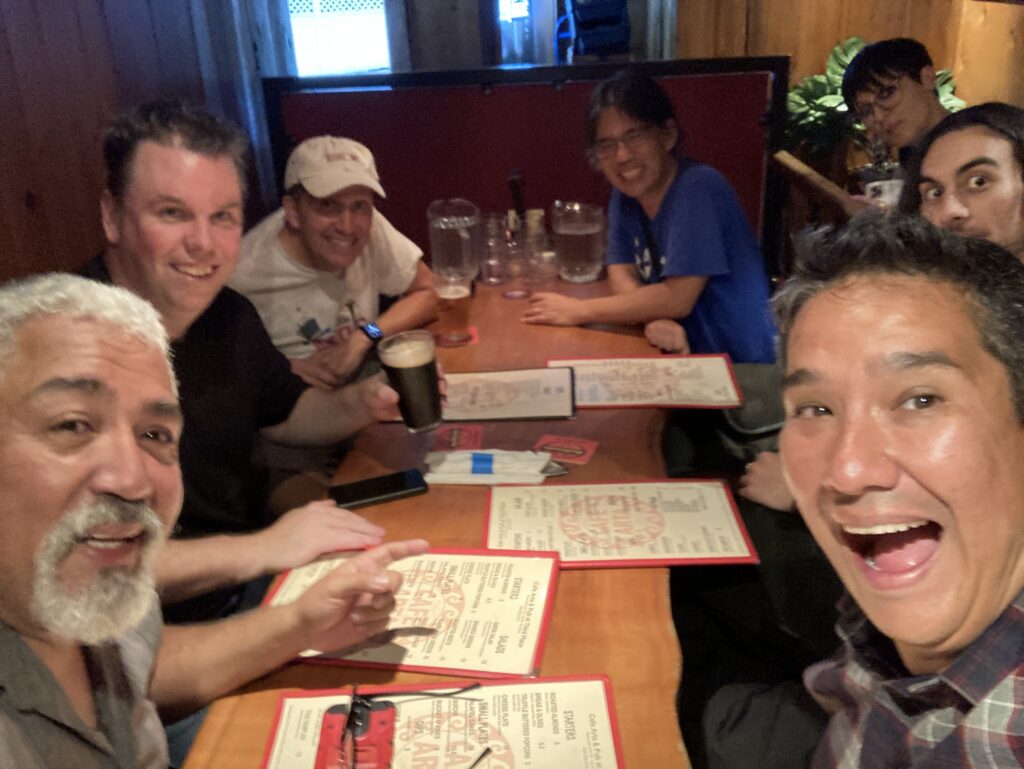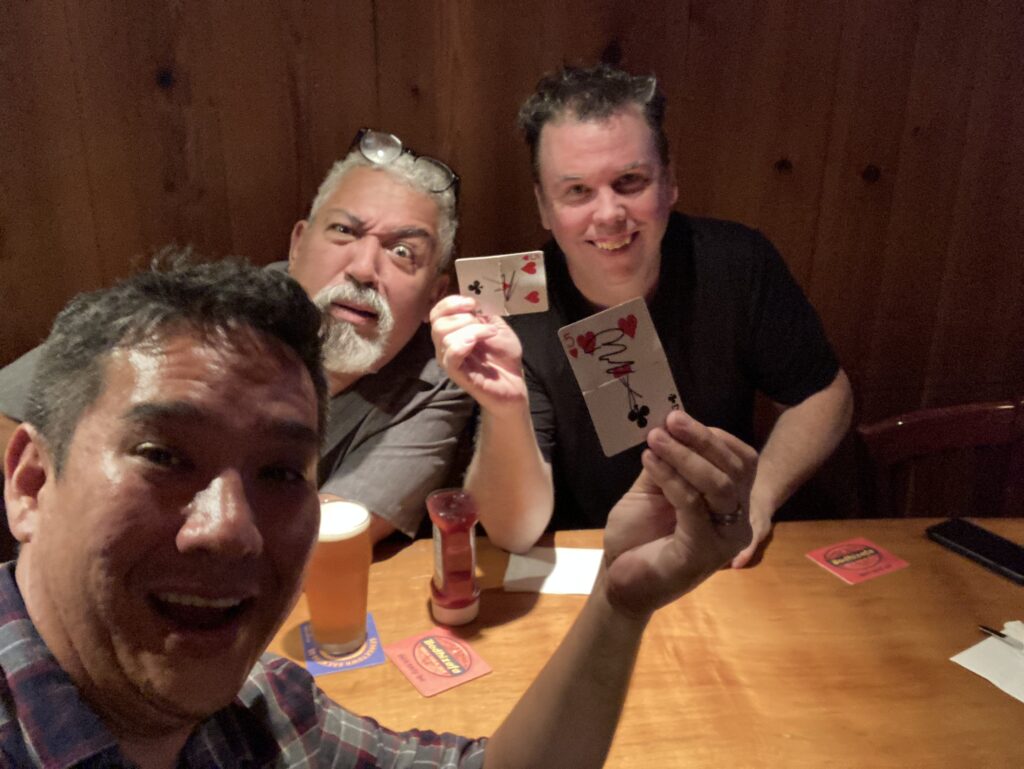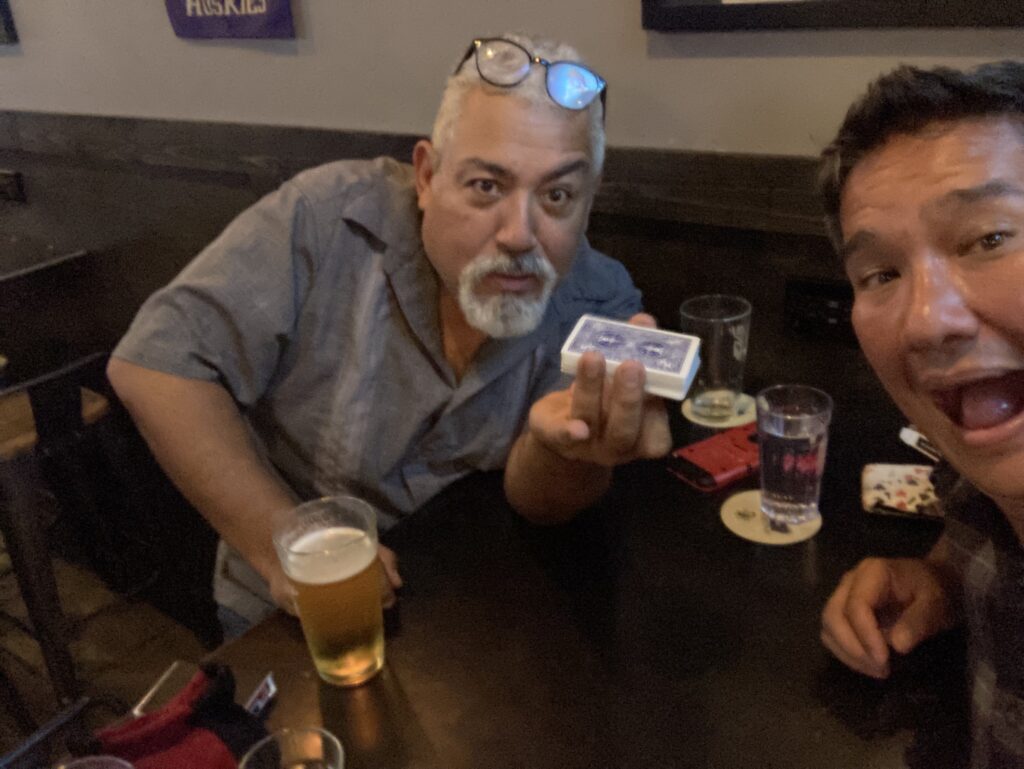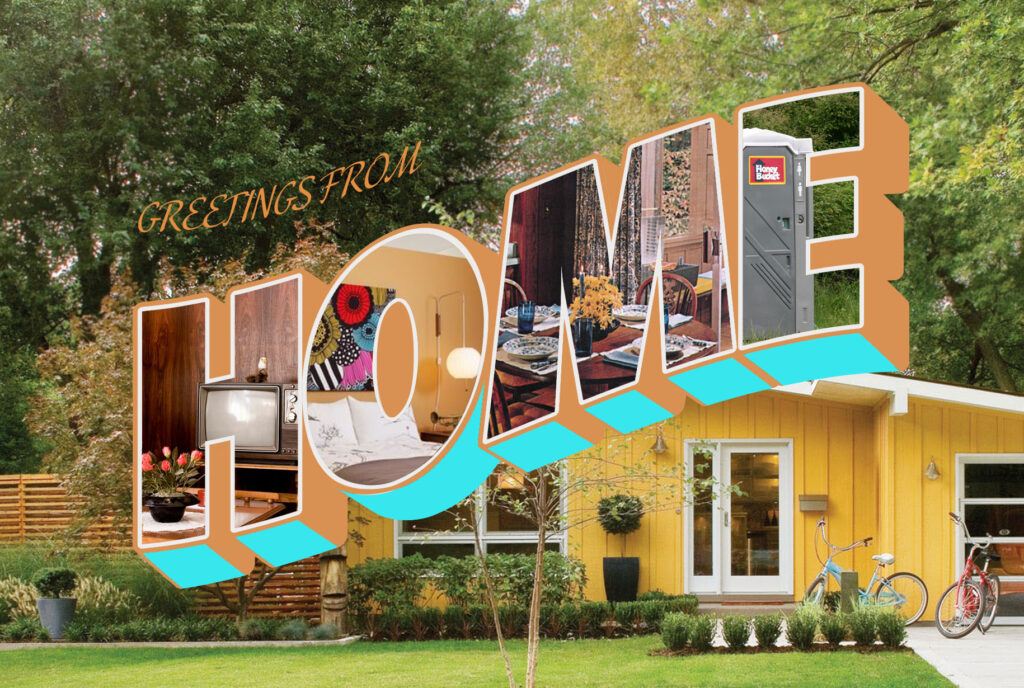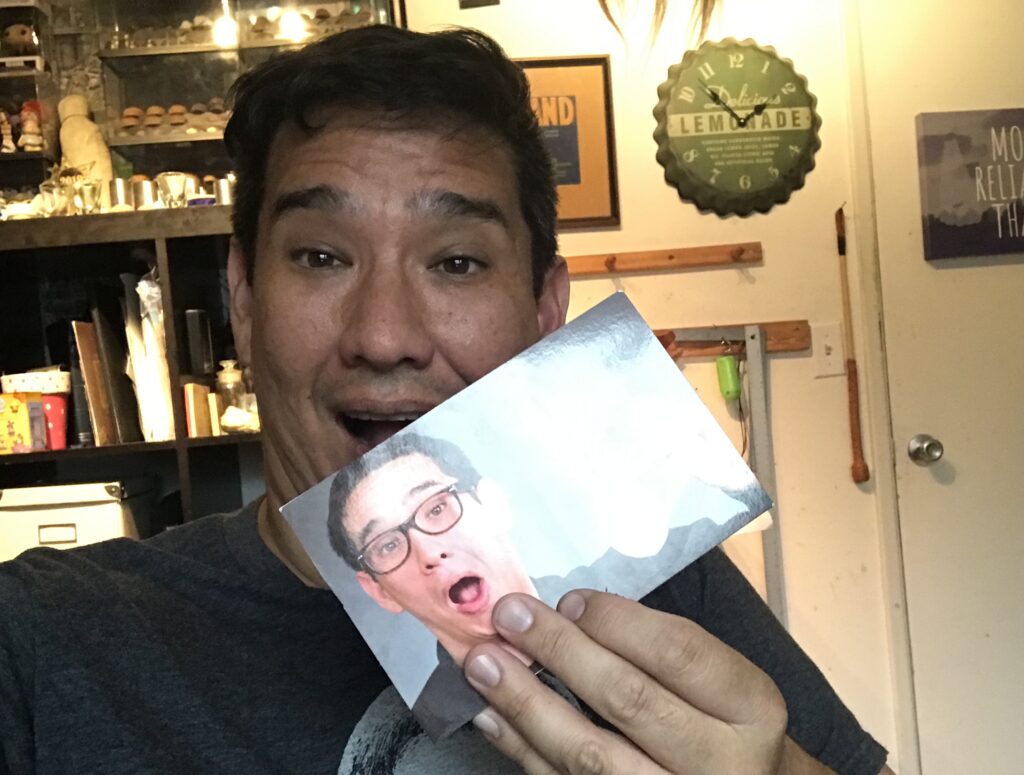I’m in a text chat group with some magicians and one shared a “card split” idea. What I’m calling a card split is where you take a card and it becomes two cards…but the two cards value equals the value of the original card. For example a two would become two aces. This idea was popularized (created?) by Paul Harris’s Las Vegas Split in his book Super Magic.
Magicians really love this premise, however I think for a general audience it lack connection (in most cases). Yes, there are times when a presentation can have it make sense, like in a Sam, The Bellhop style card routine. However in the majority of cases if you took a joker and turned it into two signed cards, that would hit much harder!
That said, here’s what I came up with after seeing by buddy’s trick:
I feel like this method has to have been done before, if you’ve seen it before, let me know!
-Louie

